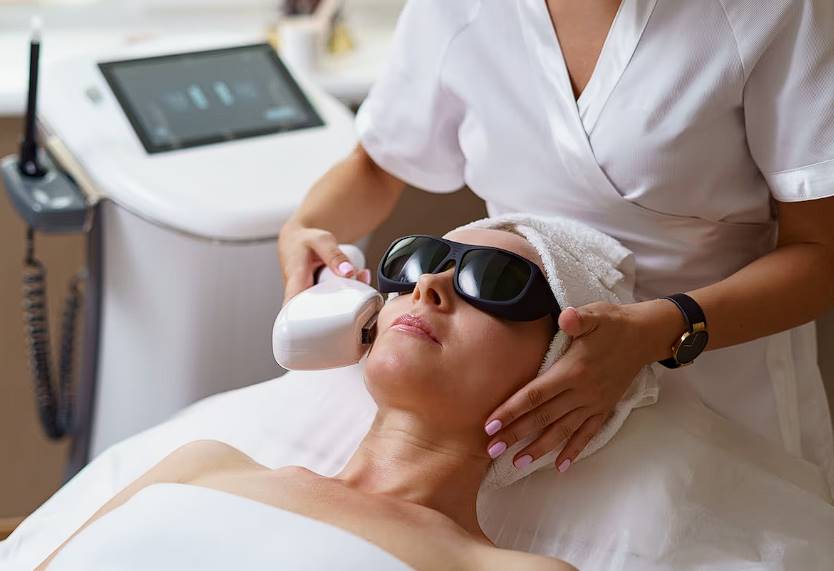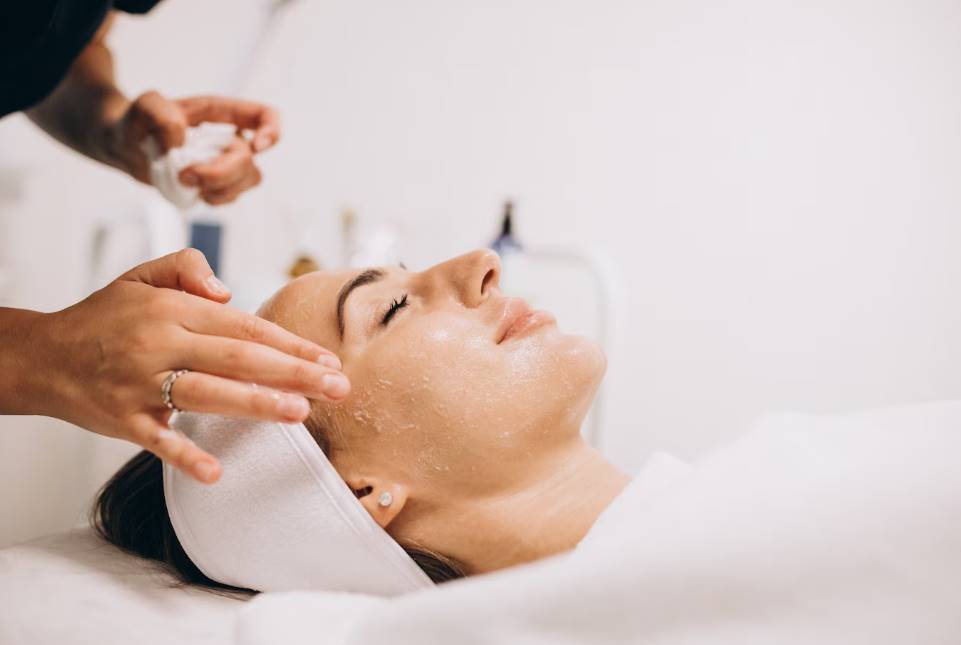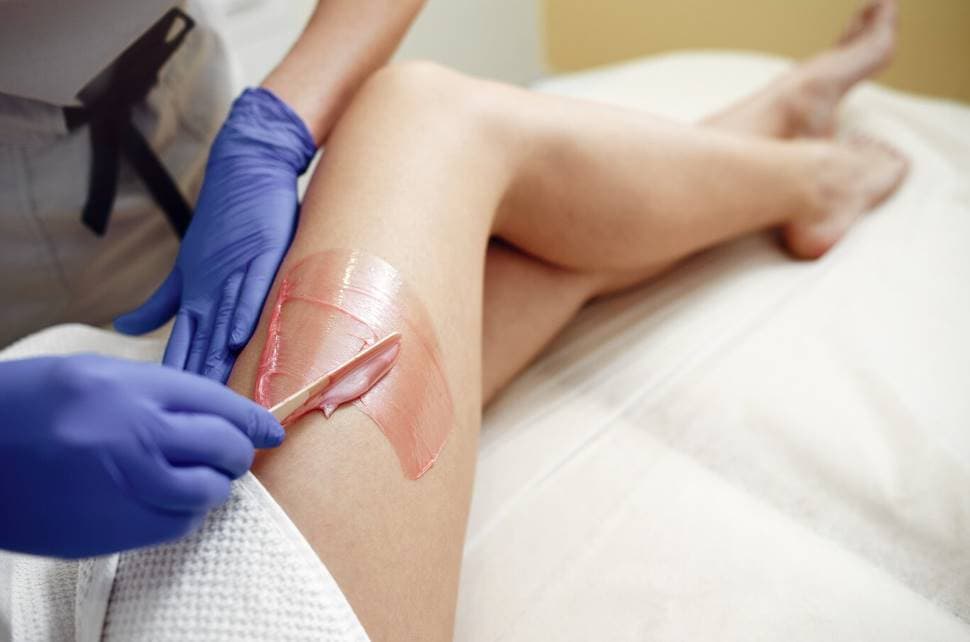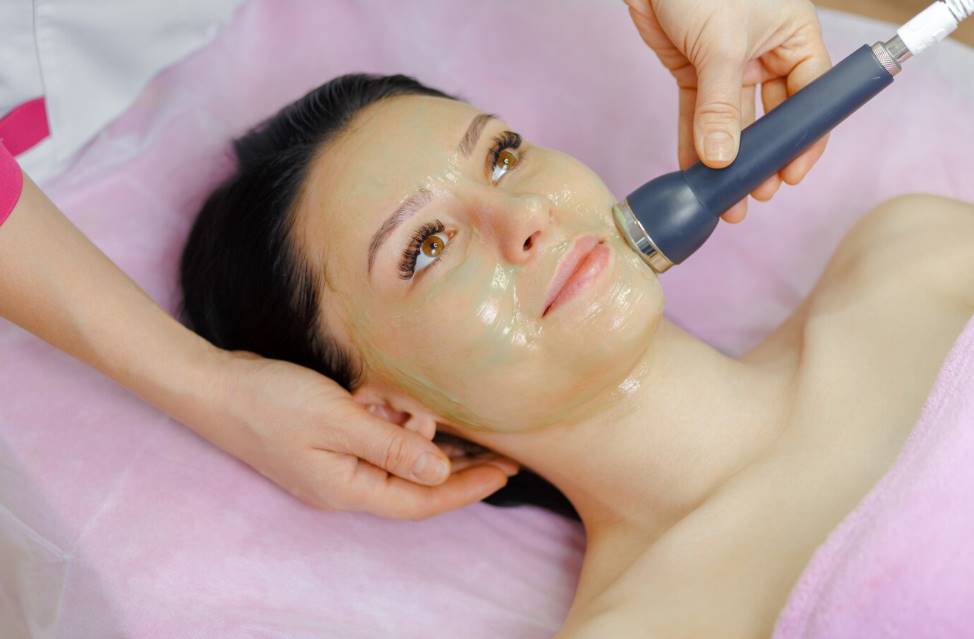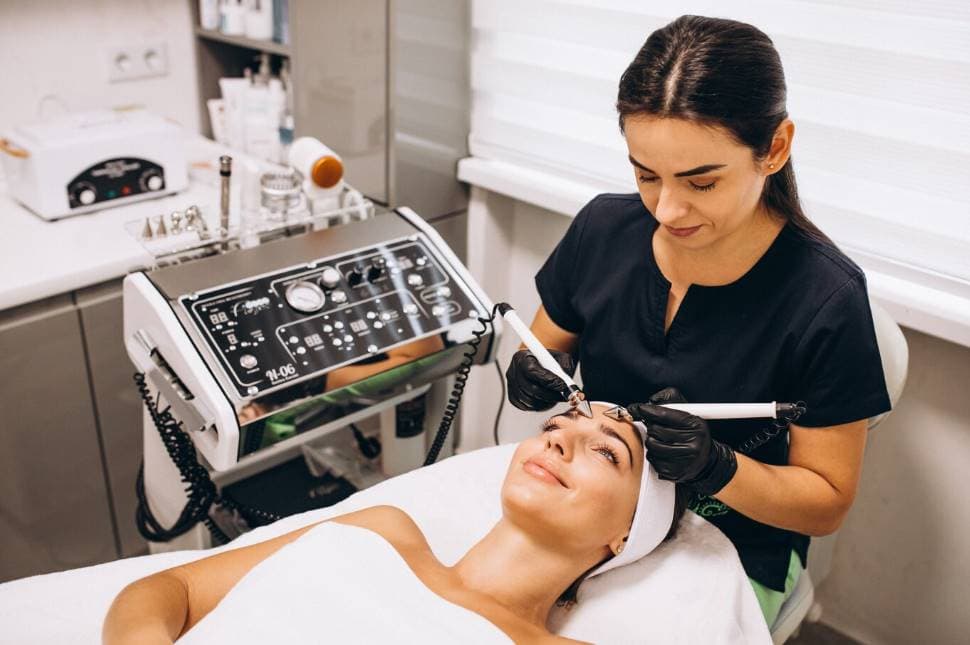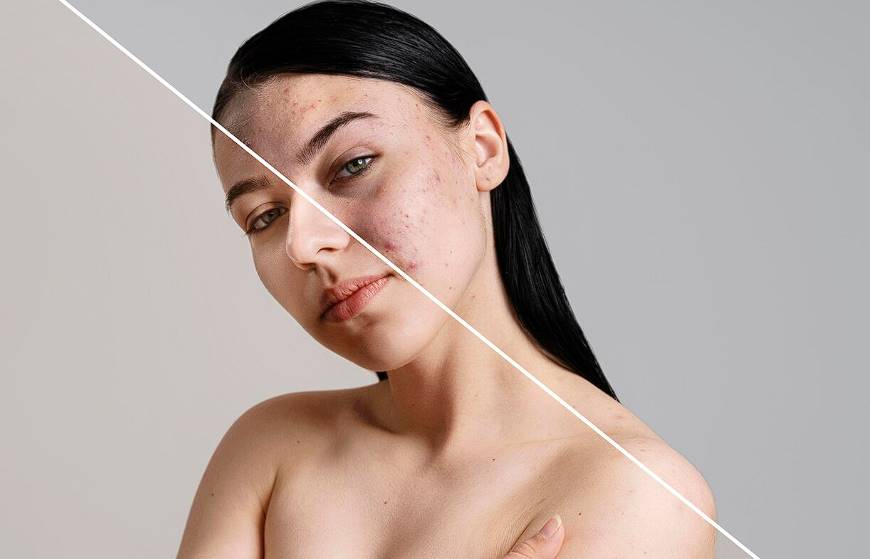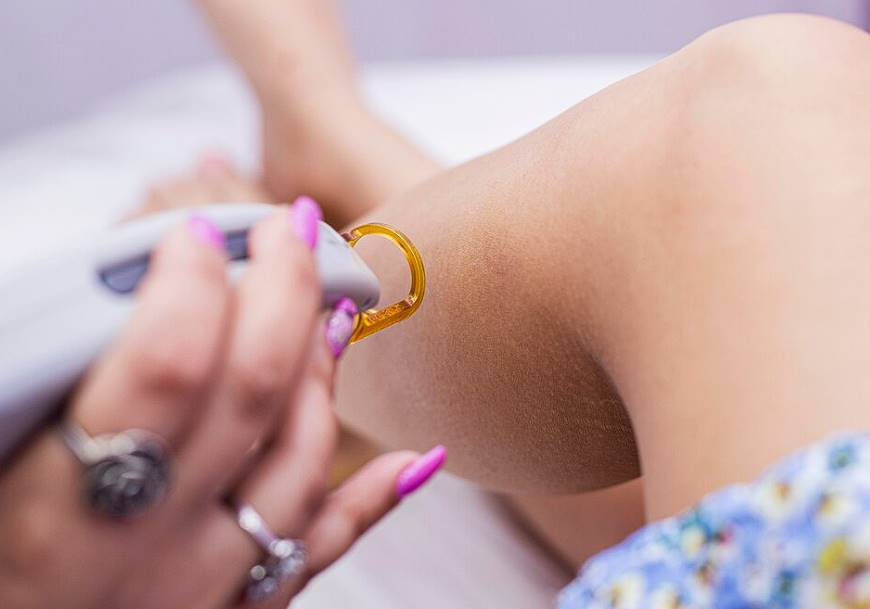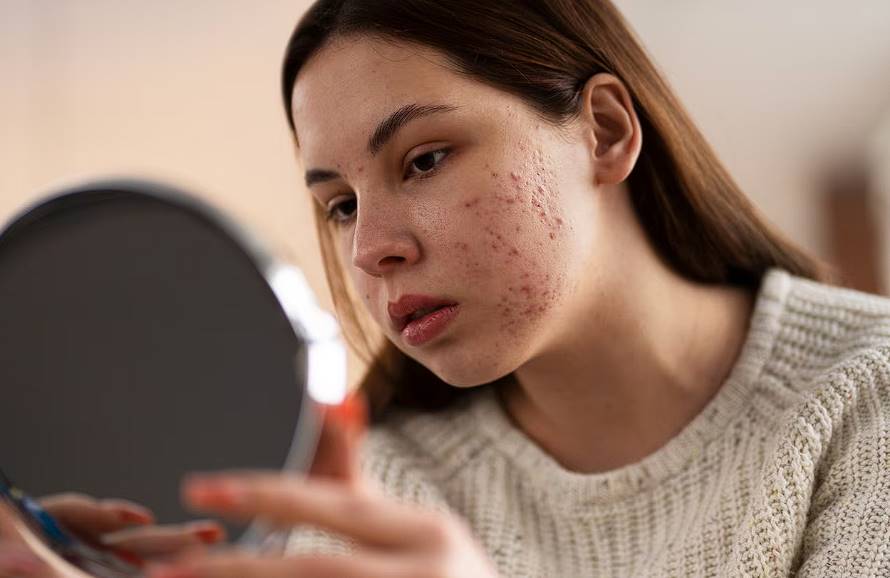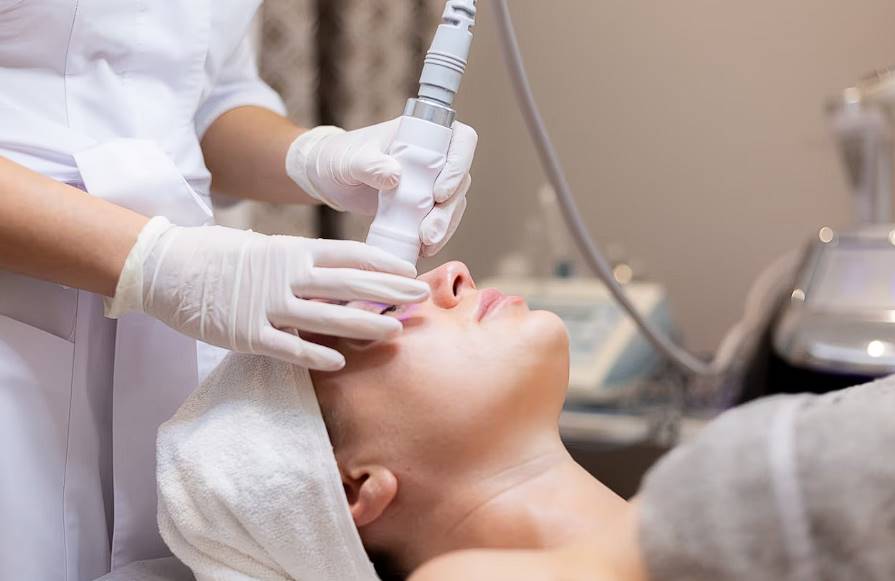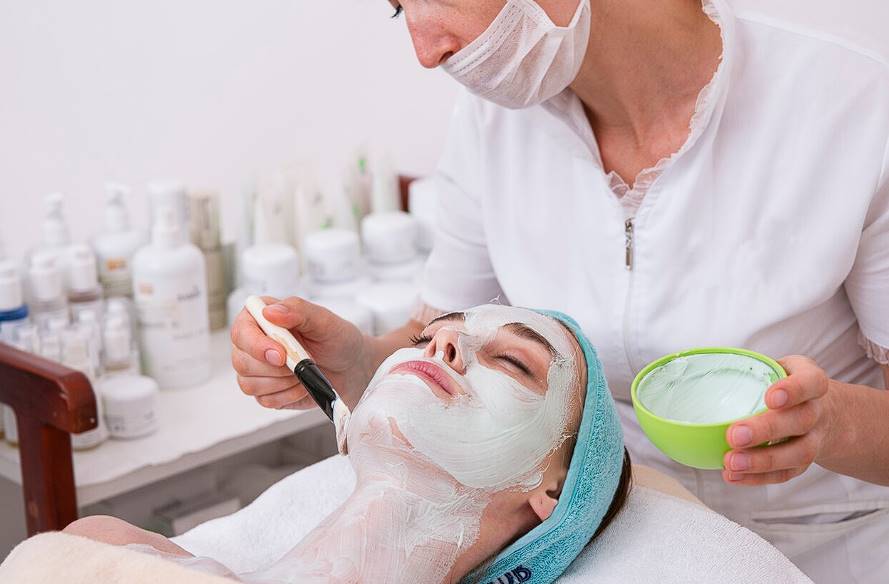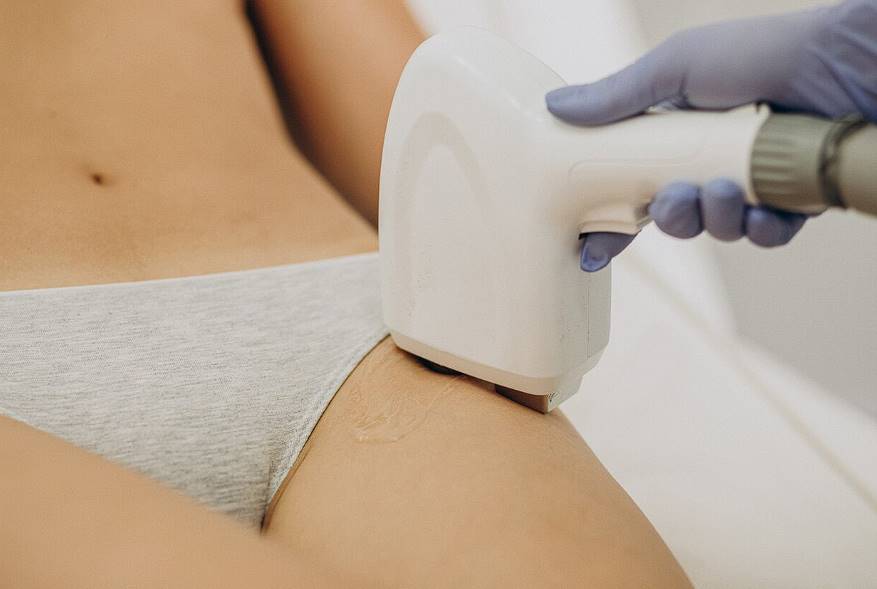Improvements in laser technology have made the eradication of birthmarks by laser more appealing than ever before.
To diminish the visibility of a birthmark with a low risk of scarring or other skin harm, laser therapy is a great alternative.
This article defines birthmarks and discusses how they can be properly treated using lasers to reduce their visibility.
What Causes Birthmarks, and Why Do Some People Want Them Removed?
Birthmarks are, as the name implies, physical characteristics present at birth. They come in all sizes, shapes, and colours and can appear anywhere on the body.
Depending on the circumstances, a birthmark may be one colour or another. Near-surface blood vessels are the typical culprit in red birthmarks. Under the skin, blood can pool and form a blue birthmark. Hemangiomas, the medical term for red birthmarks, are benign but can have a profound cosmetic impact.
Lesions or sores can form on hemangiomas, which, together with the disfiguring appearance of the tumours themselves, prompts many patients to seek medical attention. Hemangiomas are benign tumours that typically develop and expand during childhood.
Port-wine stains and other birthmarks produced by excess pigmentation can be aesthetically problematic but efficiently removed with lasers.
Pigment deposits in the skin are the most common source of brown birthmarks. Melanin, the skin-colouring pigment, tends to concentrate in black birthmarks. The absence of skin pigmentation is the most common cause of white birthmarks.
The vast majority of birthmarks are completely harmless and need no medical attention. Others may find birthmarks bothersome or unpleasant, leading them to seek cosmetic birthmark removal.
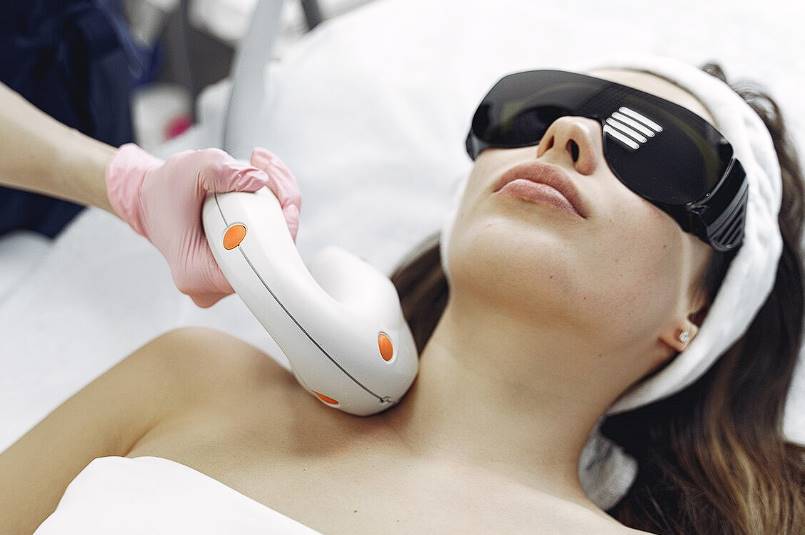
Why Do People Have Birthmarks?
The aberrant clustering of blood arteries or clusters of pigment cells is two potential causes of birthmarks.
Types of Birthmarks That Are Extremely Common
- Birthmarks that include pigment-producing cells can be either dark or light in tone. They show up primarily on the face, although they can be everywhere.
- Blood vessels form vascular birthmarks, which can be a variety of colours, including red, purple, and pink. Although they can appear anywhere on the body, the head and neck are particularly vulnerable.
- Birthmarks, also known as congenital nevi, are formed by cells while a person is still developing in the womb. They appear most frequently on the face and scalp but can be everywhere.
Outgrowing Your Birthmark
Many birthmarks, such as port-wine stains (which can be either purple or red), are permanent from birth.
Strawberry hemangiomas, which appear as red, elevated spots on newborns, typically disappear independently after a few years. The origin of superficial brown birthmarks may lie deep within the epidermis.
You should talk to a dermatologist about your options if you want to remove a birthmark.
Laser treatment has shown promise for several birthmarks. The laser's concentrated beam precisely hits the birthmark without harming the healthy skin around it.
A minor darkening of the treated area is this non-invasive therapy's only noticeable side effect. It may take multiple treatments over several weeks to get the desired results.
Is It Possible to Get Rid of a Birthmark?
Birthmark removal might be done if it is lowering your self-esteem. A trained physician can safely remove a birthmark in as little as 10 minutes with the help of a certain type of laser.
Methods for Treating Birthmarks
Depending on the size and placement of the birthmark, one of several methods can be used to eliminate it:
Removing It Surgically
The birthmark is surgically removed, which is the most usual removal method.
Ointments and Creams
Some birthmarks may be lightened with topical lotions or ointments. However, this may only be the case for some birthmarks.
The Doctor will assess your wants and concerns to identify the best birthmark removal method during your session.
Laser Therapy
Using a laser to eliminate the birthmark has become common, especially for tiny birthmarks.
If one were to decide to have a birthmark removed, how would one go about doing so? Treatment with a laser can lessen the visibility of birthmarks without the need for invasive surgery.
The treatment involves sending light pulses through the skin to the area.
Light energy is absorbed by the birthmark, converted to heat and directed at the blood vessels that give the mark its colour and texture.
The treated area will gradually become less dark after each laser treatment. A noticeable shift will occur with time, but only if you stick with it. It will also help with the age-related 'cobblestone' elevation of birthmarks.
Kinds of Laser Birthmark Removal
In a centralised facility stocked with various high-tech aesthetic tools for treating various skin issues. Birthmark removal lasers come in several varieties; your doctor can help you decide which is best. Among these are
Laser Resurfacing
Intense Pulsed Light (IPL) laser therapy is frequently used to eradicate minor birthmarks. Multiple short bursts of intense light are directed at the birthmark during IPL laser resurfacing. The birthmark's cells are harmed, and the mark eventually fades or disappears.
Co2 Fractional Laser Resurfacing
The birthmark is removed using a fractional laser, a more sophisticated form of laser treatment. The microbeams of light from the fractional laser can reach skin depths of 2–3 millimetres. The birthmark's cells are destroyed, and the mark gradually fades or goes away.
Q-Switched
The Q-switched laser is another type of laser therapy that works well to eradicate birthmarks. The Q-switched laser emits intense light in brief bursts targeted at the birthmark. The birthmark's cells are harmed, and the mark eventually fades or disappears. Pigmented birthmarks are an easy target for this.
How Safe Is Birthmark Removal with a Laser?
For tiny birthmarks, laser removal can be an efficient and safe option. It has been around for quite some time, and it's safe to use. Laser treatment may be used, but a doctor should weigh the pros and cons.
How long does a laser take to get rid of a birthmark?
Depending on the extent of the birthmark, treatment sessions can last anywhere from fifteen to twenty minutes.
Does the Laser Treatment for Birthmarks Hurt?
It's similar to how you felt after getting laser hair removal.
We provide numbing cream and recommend Panadeine 30 minutes before therapy for those who need it because of the discomfort. Patients typically describe it as a stinging sensation that is more annoying than unpleasant.
Birthmarks can be treated with lasers, but the specific type of laser therapy required to achieve the best outcomes should be discussed with your doctor. Birthmarks, even those around the eyes, can be safely removed from nearly any place of the body or face.
What To Consider
It's important to remember that laser treatments cannot remove the birthmark (though some fade after treatment).
In addition, the birthmark could return in the future. It suggests avoiding direct sunlight in the area to lessen the likelihood of your birthmark needing to be retreated.
What to Expect at Your Consultation to Have a Birthmark Removed.
Your birthmark's best course of action will be determined after your consultation with a trained medical professional. During your session, they can provide you with individualised guidance and answer any questions you may have concerning your birthmark. In-clinic birthmark removal is an option if your doctor determines it is safe.
Treatment for Birthmarks with Medications and Lasers
Most birthmarks are completely non-cancerous and need no medical attention at all. They either disappear when the kid gets older or stay but don't hurt anything.
Other kinds of birthmarks can develop rapidly. They can spread and cause irreversible discolouration of the skin's deeper layers without medical attention.
The size of birthmarks and the likelihood of their becoming permanent can be significantly decreased with medication and laser therapy.
Oral Medication
Hemangiomas are vascular birthmarks caused by abnormally formed blood vessels, and the medicine propranolol, given orally, can be particularly helpful in lowering the size of the birthmark and lightening its colour. Hemangiomas can be treated with propranolol, which reduces the size of the abnormal blood vessels and prevents new blood vessel formation.
Topical Medication
Dermatologists may recommend a topical medicine called timolol for patients with hemangiomas of the eyelid or other thin-skinned areas. Timolol, like propranolol, causes the birthmark to fade and diminish by stopping the formation of new blood vessels and reducing the size of existing blood vessels.
This treatment is a gel that parents rub onto the birthmark twice daily for the first year of their child's life. Our dermatologists use birthmark size as a guide to recommend the amount of gel to apply and the duration of medicine use. Hemangiomas often shrink and look better within a few weeks for many people.
Laser
Birthmarks can be diminished in size and lightened in colour using laser treatment, which employs concentrated light beams. This category comprises strawberry hemangiomas, port wine stains, café au lait spots, and blue face dermal melanocytosis, all of which are red, brown, or blue, respectively.
The Treatment
A chilled tip on the handpiece, cold air, or a water-based gel are all ways to keep the skin safe during the procedure. There is some stinging during the procedure. However, it can be mitigated using an anaesthetic cream.
The Cynergy laser's reputation as one of the gentlest we've used is reassuring. After receiving therapy, the skin often appears blotchy and may show signs of blistering or edema. There's a chance of bruises, too.
After six weeks, the size of the blood vessels has decreased, making them less apparent through the skin.
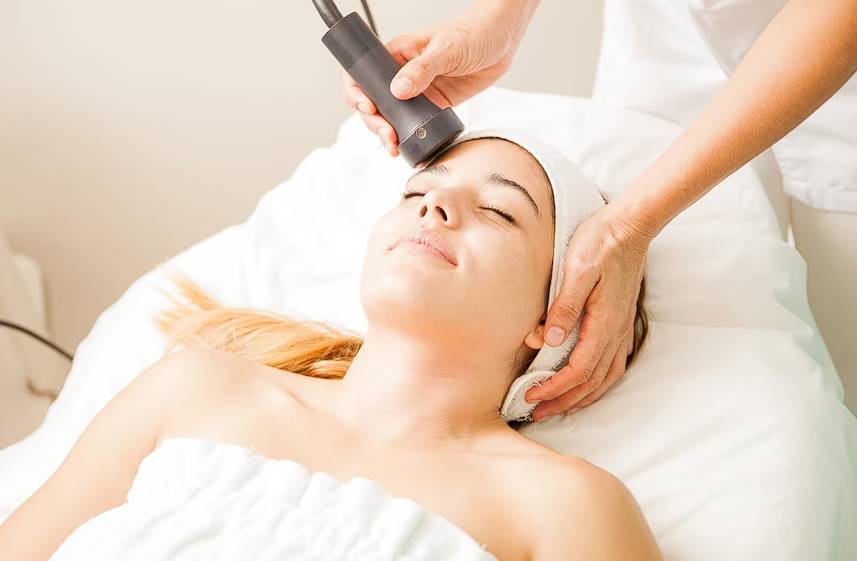
When Should I Start Getting Treatment?
Although every patient is unique, most notice significant improvement after 4-6 months of once-monthly treatments.
Some patients will experience faster results and hence require less than six treatments.
Aftercare and Recovery
Ice packs can relieve pain after therapy. Rest for at least 24 hours.
Swelling and bruising are also possible, but they should disappear within a week or two at the most. Wearing sunscreen on the treated area before going outside will help you keep your results and stop any darkening that may occur.
After the first session, you should begin to feel better.
Conclusion
The use of laser technology has made the removal of birthmarks more desirable than it has ever been, as it provides an alternative to scarring or skin damage that poses a lower risk. Birthmarks are distinguishing marks on a person's skin that are present at birth and can be found in any part of the body. They can seem red, blue, or as hemangiomas, all of which can have an effect on the way a person looks.
Laser treatments are an effective method for removing port-wine stains and other pigment-producing birthmarks, which can be unsightly but are completely treatable. Birthmarks that are brown are brought on by deposits of pigment in the skin, whereas birthmarks that are white are brought on by a lack of pigmentation in the skin.
The vast majority of birthmarks are not harmful and do not require any sort of medical attention; nonetheless, some individuals may find them to be uncomfortable or unpleasant.
Birthmarks are often the result of an abnormal grouping of blood vessels or pigment cells in the skin. The most common kinds are those that contain pigment-producing cells, blood arteries, and congenital nevi.
Some birthmarks are permanent from the moment they appear, while others fade away on their own after a few years have passed. With the use of a certain kind of laser, a qualified medical professional can eliminate a birthmark in as little as ten minutes while ensuring the patient's safety.
Birthmarks can be treated in a variety of ways, including through surgical excision, topical ointments and creams, and laser therapy. The therapy with a laser consists of transmitting light pulses through the skin, absorbing the light energy, and directing it at the blood vessels that are responsible for giving the mark its colour and texture. After each treatment, the affected region will have a discernible shift towards a lighter appearance, which will occur over the course of time.
Laser birthmark removal comes in a variety of forms, including powerful Pulsed Light (IPL) laser therapy, which involves directing repeated brief bursts of powerful light at the birthmark, and Co2 Fractional Laser Resurfacing, which kills the cells that make up the birthmark, causing it to gradually fade or disappear. Both of these treatments are examples of birthmark removal using lasers.
Since Q-switched laser therapy delivers powerful light in rapid bursts, it is an efficient approach for eradicating birthmarks. This procedure causes the cells that comprise the birthmark to be damaged, which in turn causes the blemish to fade or disappear.
Laser treatment is effective and risk-free for removing minor birthmarks, but prior consultation with a medical professional is necessary to discuss any potential risks and benefits. The duration of a patient's treatment session can range anywhere from 15 to 20 minutes, and some patients report feeling a stinging sensation during their treatments.
Consultation with a qualified medical specialist is essential in order to determine the course of action that will be most effective in eradicating a birthmark. The vast majority of birthmarks are not malignant and do not need to be checked up by a doctor. On the other hand, certain kinds of birthmarks have the potential to grow quickly and result in the permanent colouring of the deeper layers of the skin.
Both the severity and the likelihood of permanent birthmarks can be considerably reduced by the use of medications and laser therapy. Birthmarks can be reduced in size and lightened in colour with the use of medication that is taken orally.
One such medicine is propranolol. Birthmarks can be lightened and faded by the application of topical medications like timolol, which work by preventing the creation of new blood vessels and reducing the size of those that already present.
Strawberry hemangiomas, port wine stains, café au lait spots, and blue face dermal melanocytosis are just some of the birthmarks that can be reduced in size and colour with the use of laser treatment. The treatment may be administered using a cooled tip, cold air, or a gel that is based on water. After a period of six weeks, the size of the blood vessels has shrunk, which has the effect of making them less visible through the skin.
Beginning treatment for the eradication of a birthmark will normally take between four and six months, while some individuals can see results more quickly. Utilising cold packs, getting at least 24 hours of rest, and donning sunscreen to prevent darkening are all part of the aftercare and recuperation process.
Content Summary
- The evolution of laser technology has led to improvements in birthmark removal.
- The appearance of birthmarks can be reduced by laser therapy, with only a minimal risk of scarring.
- This page provides a definition of birthmarks as well as an overview of laser treatment options.
- Birthmarks are visible on a baby's skin at the time of delivery and can range in size, shape, and colour.
- Birthmarks that are red are caused by blood vessels that are close to the skin's surface.
- The pooling of blood just under the skin is what causes blue birthmarks.
- Even though they are harmless, hemangiomas can affect a person's appearance.
- Hemangiomas are benign tumours that can form in children and lead to lesions.
- Birthmarks caused by excessive pigmentation can be efficiently removed by laser.
- Pigment deposits are the root cause of brown birthmarks.
- The pigment melanin is highly concentrated in dark birthmarks.
- The absence of pigmentation is the cause of white birthmarks.
- Although most birthmarks are safe, some people want to have them removed.
- Birthmarks are caused by abnormal blood vessels and pigment cells in the skin.
- Birthmarks can be either dark or light in tone depending on the pigment cells present.
- Birthmarks known as vascular birthmarks are caused by blood vessels.
- Nevi that are congenital are those that arise during gestation.
- Permanent birthmarks include things like port-wine stains and some moles.
- Strawberry hemangiomas typically disappear on their own over time.
- The use of laser therapy has shown some success in removing birthmarks.
- Laser therapy is an effective treatment for birthmarks that does not affect the skin.
- In order to achieve the desired outcomes, many treatments are required.
- Birthmark removal is being considered for the purpose of improving one's self-esteem.
- The removal process can be completed swiftly and without risk using a laser.
- There are a few different approaches of removing birthmarks.
- Birthmarks are typically removed by surgical means.
- Some birthmarks can be lightened with the use of ointments and creams.
- Consultation is used to establish the most effective way of removal.
- It is usual practise to treat minor birthmarks with laser therapy.
- The area is bombarded with light pulses from the laser.
- Light energy focuses on blood vessels, which results in a reduction in visibility.
- After having laser treatment, the birthmark is gradually getting lighter.
- There are several different kinds of laser removal available.
- Resurfacing with a laser for more modest birthmarks.
- For more extensive eradication, a CO2 fractional laser was used.
- Q-switched laser treatment for birthmarks that contain pigment.
- The eradication of tiny birthmarks using a laser is safe.
- The length of treatment varies, depending on the severity of the birthmark.
- The discomfort of the laser therapy is comparable to that of the hair removal process.
- Birthmarks that can be safely removed from the majority of regions
Frequently Asked Questions
Birthmarks are physical characteristics present from birth, varying in size, shape, and color. While most are harmless, some individuals find them bothersome due to cosmetic reasons or disfiguring appearances. Laser therapy offers a safe and effective way to reduce the visibility of birthmarks without invasive surgery.
Laser treatment uses concentrated light beams that target the birthmark's specific pigments or blood vessels. The energy is absorbed, converted to heat, and directed at the birthmark, gradually lightening its appearance. The surrounding healthy skin remains unaffected, making it a precise and minimally invasive option.
Yes, there are various laser treatments available. Some common types include laser resurfacing, intense pulsed light (IPL) therapy, Co2 fractional laser, and Q-switched laser therapy. The choice of treatment depends on factors such as the type and depth of the birthmark, and a dermatologist can guide you towards the most suitable option.
Laser removal of small birthmarks is generally safe and has been used successfully. However, it's important to consult with a doctor before proceeding. They will evaluate your situation, discuss potential risks, and determine if laser treatment is right for you.
The timeline for results can vary based on the birthmark's size and type and the number of laser treatments required. Some patients notice significant improvement after 4-6 months of once-monthly treatments. Individual responses may differ, and it's essential to maintain the treatment plan for optimal outcomes.
